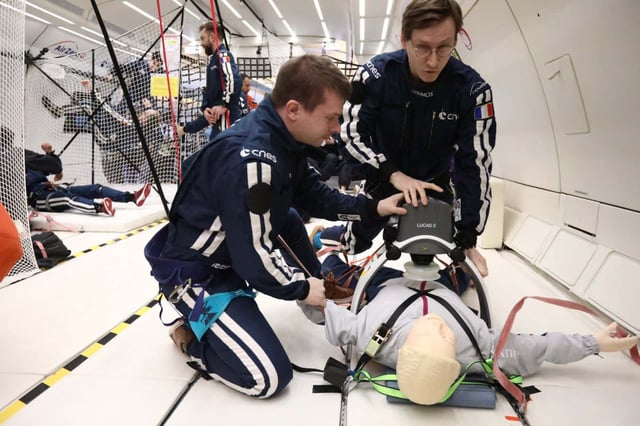Overview
- A standard mechanical piston device delivered a median 53.0 mm compression depth in simulated microgravity, surpassing the European Resuscitation Council’s 50–60 mm guideline.
- Manual techniques used on the International Space Station, including the handstand method, reached only 34.5 mm in tests, with alternative devices measuring about 29 mm.
- Researchers conducted repeated 22‑second weightless trials on a high‑fidelity mannequin during parabolic flights aboard a modified A310 operated with the French space agency.
- NASA says manual compressions remain the current ISS procedure and notes it has not run dedicated studies on CPR machines in microgravity.
- The team will present the results at the European Society of Cardiology Congress on August 31 in Madrid, and adoption decisions will hinge on mass, volume, power, stowage, and training considerations, with potential benefits for other isolated Earth settings.

